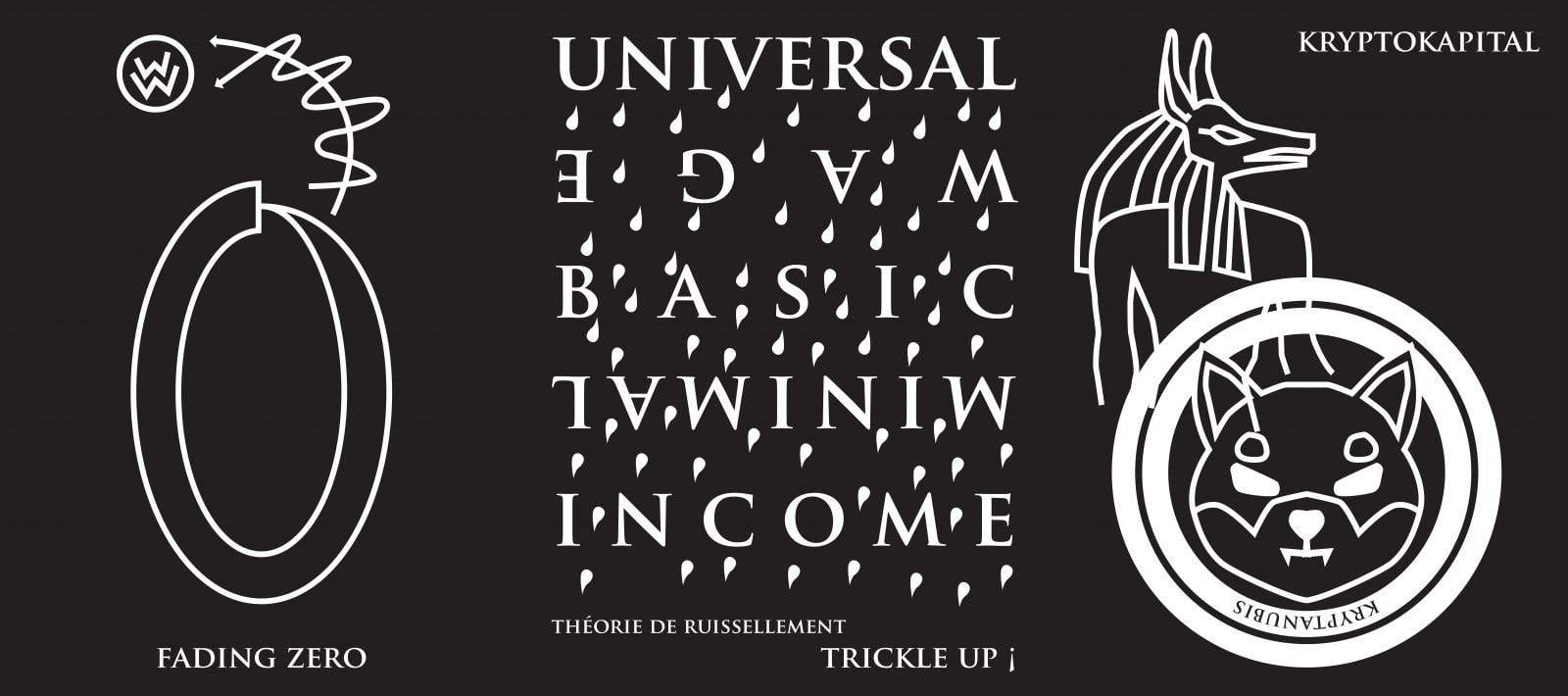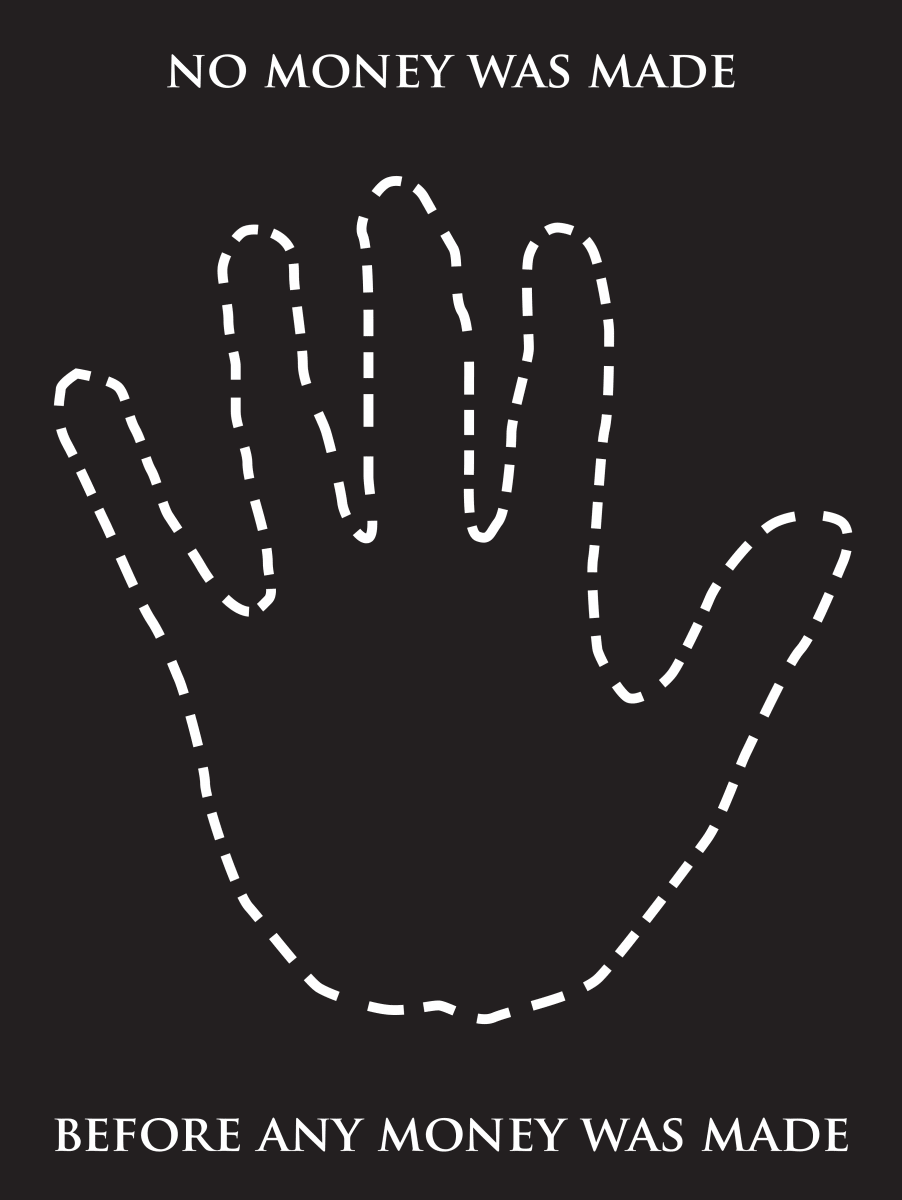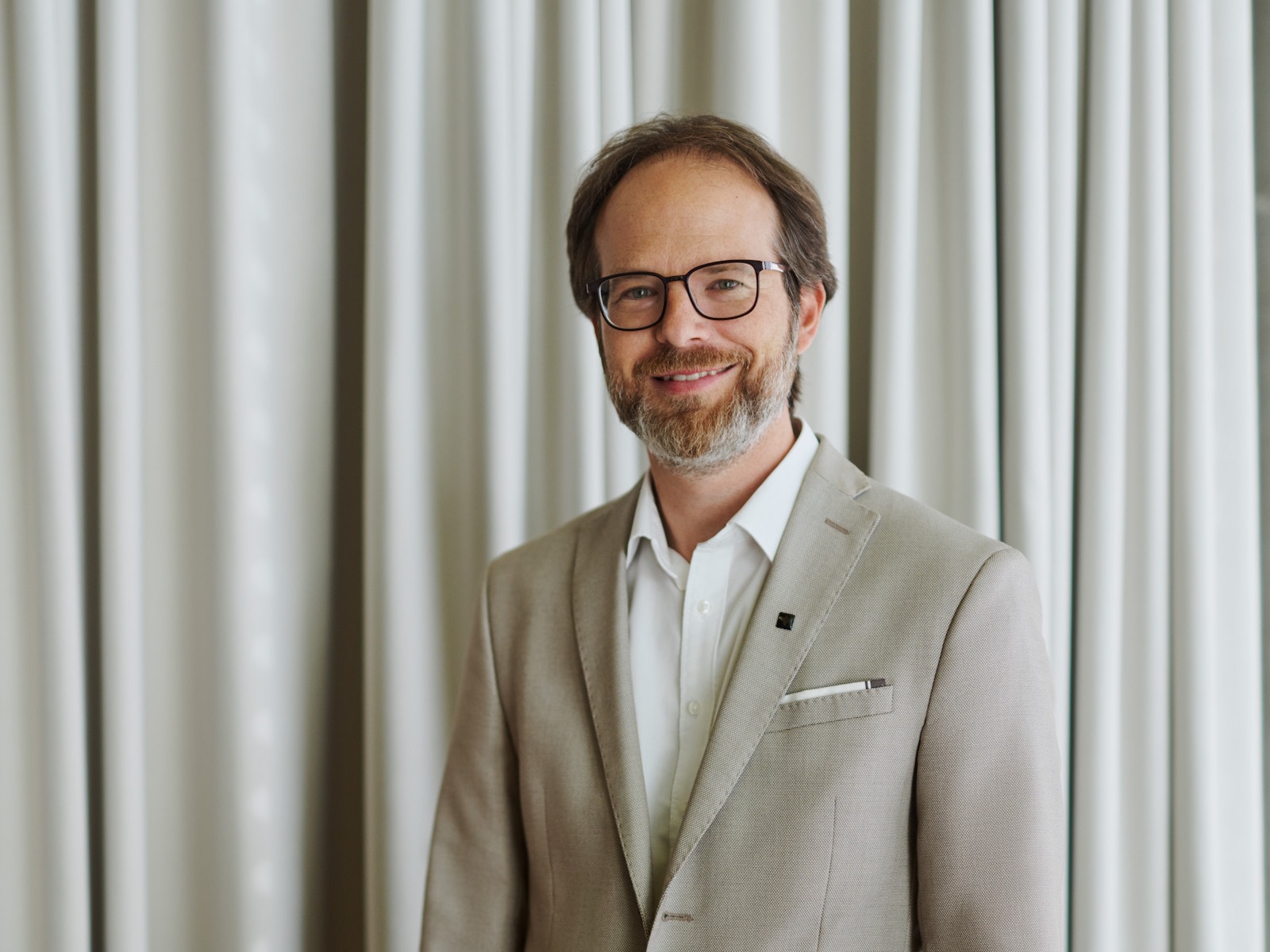Artists: Jan Čumlivski, D’epog, Ferenc Gróf, Nadácia Hermit a Centrum pre metamédiá Plasy, Nadácia pre mediálny výskum, Lucia Repašská, Spoločnosť pre nekonvenčnú hudbu (SNEH), Matěj Sýkora, Štúdio erté, Transmusic Comp
Curated by: Dušan Barok, Ivana Rumanová
Opening: 24 November 2021 at 6 p.m.
Duration of the exhibition: 24 November 2021 until 1 April 2022
The 1990s are probably distant enough to be fetishised, ostalgised, trendsetted and critically reflected. By now it is clear. The participants who, back then experienced the “time of their lives”, are left to their memories. Those of us who came later found ourselves as the cultural precariat instead of the promised thriving creatives. This change both provokes and tempts us, but in any case it creates a ground that shifts beneath our feet and makes it is possible to risk looking back.
In our geopolitical context, the 1990s were a watershed period of political democratisation, ideological and cultural liberalisation and the transition to a market economy. Many artistic and cultural actors and initiatives emerged from the underground into the spotlight, and the euphoria that made people believe anything was possible was evident in their projects and realizations. In retrospect, there was an insistent feeling that we had never been closer and that, as always, we missed out. The proclaimed end of history seems to be just waiting for us to embrace it, but we didn’t!

The social, economic, but also cultural differences between post-communist countries and the rest of Europe are still notoriously attributed to our immaturity, backwardness, unpreparedness for democracy, or the inevitable consequence of forty years of totalitarianism, a dead end that simply does not count in Great History. At the same time, reality, that is, the experience of the Western world and Europe, escapes us narrowly and endlessly, we never catch up with it, just as Achilles never catches up with the tortoise. The borders of the “former East” have not loosened to this day: they run along the routes of seasonal fruit and vegetable pickers, of bricklayers who go abroad to build houses in order to get a mortgage for their own, they follow the two-week commutes of caregivers who put their own parents in retirement homes, they navigate carmakers to identify locations with a sufficiently cheap yet skilled workforce.
At the same time, the endless process of transition that Boris Buden writes about made possible one more trick: the “underdeveloped” and “backward” countries became a laboratory for radical and drastic neoliberal experiments that would have been unthinkable in Western Europe, where reminiscences of the welfare state were still surviving. Wild privatisation and casino capitalism were accompanied by violence, corruption, unemployment and suicide, framed as the inevitable toll or childhood illness of young democracies. And although the prophets of deregulation and privatisation argued that neoliberalism had no losers, and that we were all winning and getting richer with each new millionaire, the end of history has proved to be an apocalypse for many. These apocalypses have become our daily reality today, thirty years later, and instead of basking in the ultimate prosperity and freedom of liberal democracy, we are facing the extinction of humankind and many other species.

Does it still make sense and do we still have the power to develop anything other than dystopian imaginaries? How to approach the euphoria and meaningfulness of nineties art projects without falling into nostalgia or remembrance escapism?
The exhibition project We Have Never Been Closer links archival materials of selected artistic initiatives that experimented with formats of collective creation and networking in Central Europe in the early 1990s, namely Studio erté in Nové Zámky, the Hermit Foundation and the Centre for Metamedia Plasy near Pilsen, SNEH and Transmusic Comp. in Bratislava and the Media Research Foundation in Budapest. As their activities have largely been documented, the exhibition does not aspire to be retrospectively exhaustive. Rather, we have selectively sought out frictional surfaces that resonate with current issues and the helplessness to which these issues expose us.
The invited contemporary artists – Matěj Sýkora, Lucia Repašská, Ferenc Gróf, Jan Čumlivski – have created an environment for the projects from the 1990s that pays them respect, but at the same time puts into play the displaced, dark aspects of the transformation whose consequences are now hitting us with all their intensity, so that we can easily identify them. The project includes a performative intervention by the D’epog group and discursive events, set in the exhibition environment, which will also be the subject of a docufiction. And perhaps in the end, we do just envy and would wish for the statement “anything is possible” to evoke a feeling of euphoria rather than dismay. The exhibition will certainly fail to achieve such a reversal, but perhaps we will at least come close.
For more information visit please tranzit.sk.
Exhibition will be accessible only to fully vaccinated visitors.
Cover picture: Exhbition visual. © tranzit.sk



